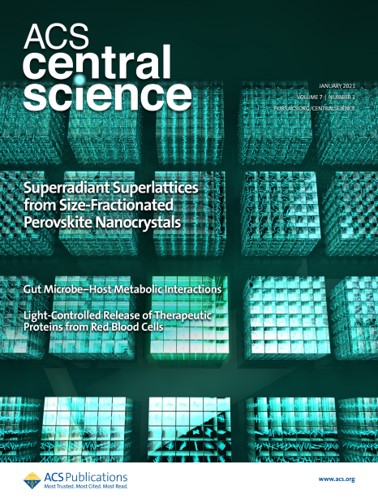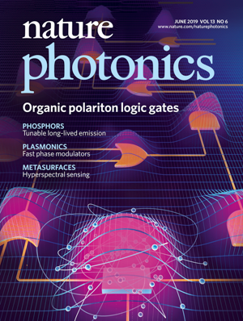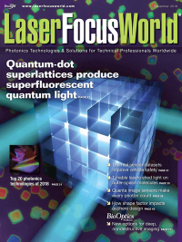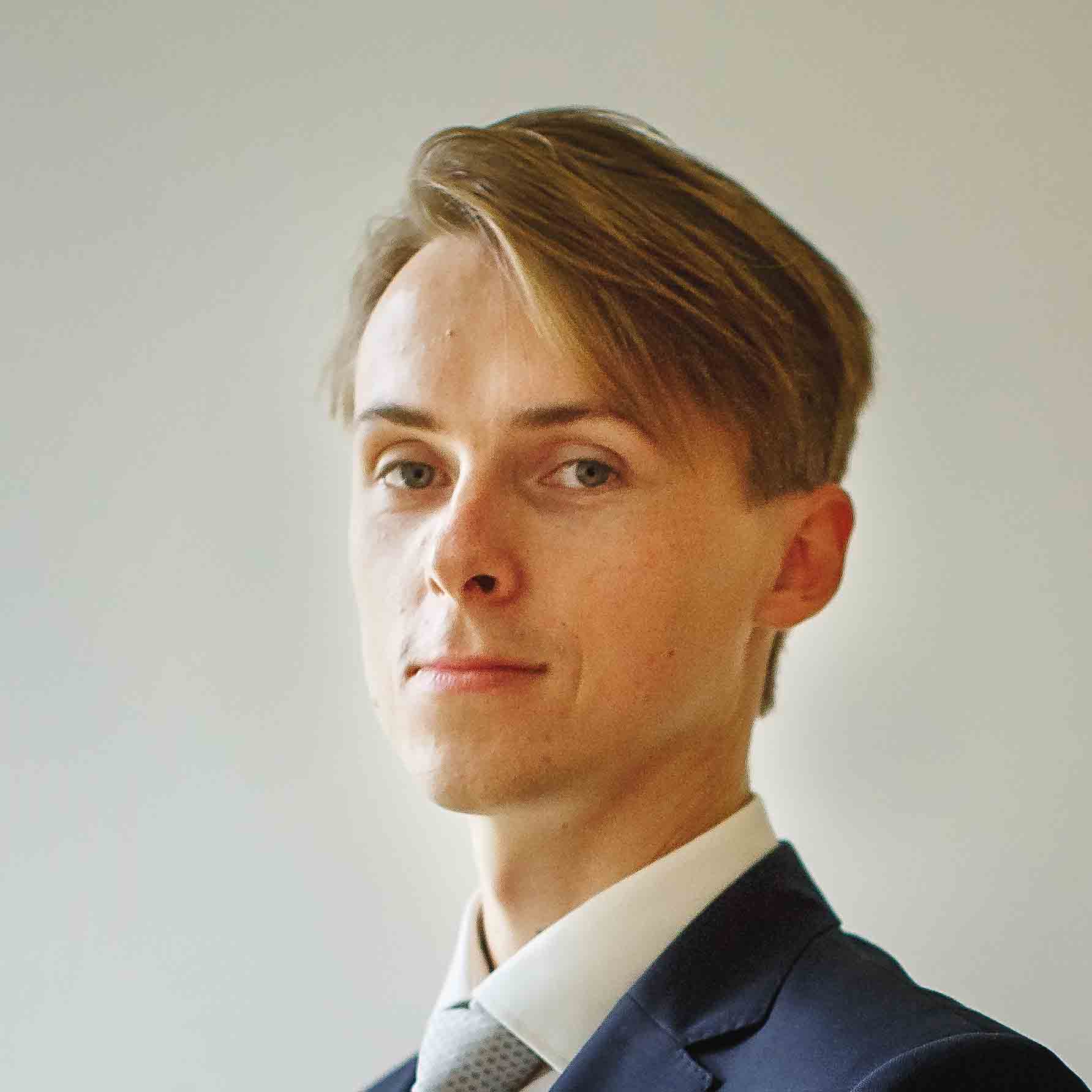Introduction
Quantum phenomena are at the heart of the upcoming technological wave that is going to power a new generation of smart materials and devices. We are investigating how photonic approaches can be used to overcome limitations encountered with “classical” hardware. The ultimate goal is to have photons interact so strongly that collective, strongly correlated phenomena can be observed. As this is a multi-disciplinary endeavor at the cross-over between fundamental science and applications, we are collaborating with many partners within projects funded by the European Horizon 2020 framework as well as the Swiss National Science Foundation.
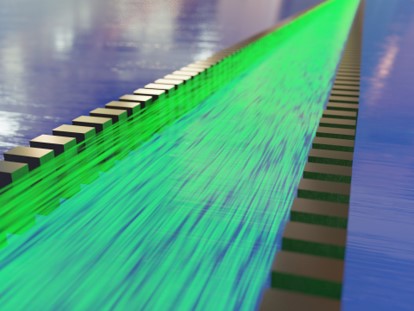
Our Approach
Our approach to boost the interaction between photons is to make use of exciton-polariton quasiparticles, which are part-light and part-matter. They are formed when the coherent coupling between photons and active material dominates over the photonic and electronic losses, i.e., in the so-called strong light-matter interaction regime. This requires suitable optoelectronic materials with high oscillator strength and good coherence as well as photonic microcavities that are near the size limit of the optical wavelength and can nevertheless confine the light strongly. As the polaritons obey Bosonic quantum statistics they can eventually behave like a quantum fluid, exhibiting superfluid properties and high nonlinearities.
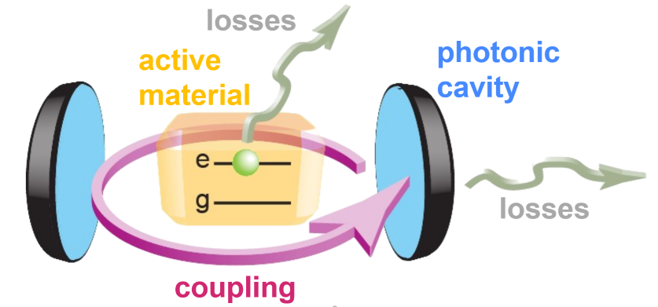
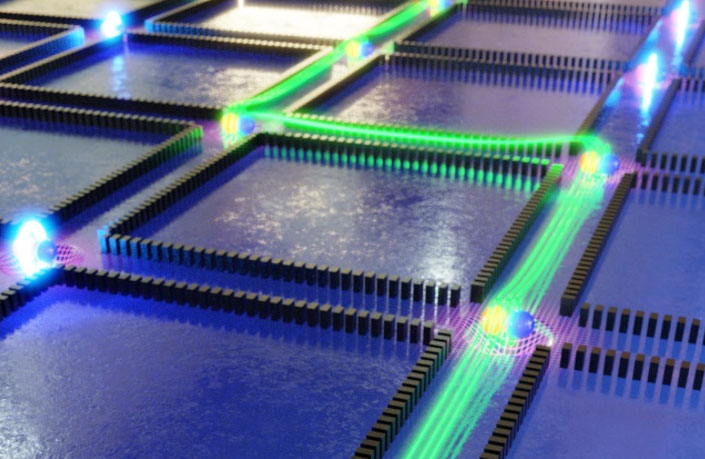
All-Optical Logic
As the energy of a single photon is in the sub-attojoule regime, optical single-photon switches could require about 100 times less switching energy than state-of-the-art CMOS transistors whereas the switching time could be on the order of picoseconds or less. Because the areal density of such photonic devices would be naturally much lower than for modern electronic transistors, it would be rather comparatively simple logic that could first benefit from ultimate speed and energy. We aim to explore the foundations towards such devices and circuits by harnessing seeded polariton condensates and investigating materials and structures suitable to achieve polariton blockade.
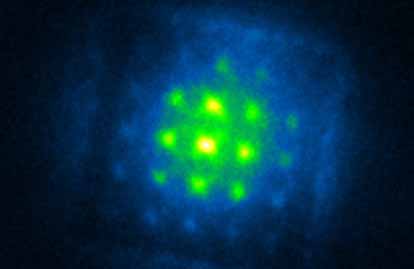
Towards Analogue Quantum Simulation in Lattices
Another potential application of strongly interacting photons are analogue quantum simulations. Richard Feynman was among the first to envision that well-controlled and measurable systems could be used to efficiently mimic and explore the physics of the otherwise inaccessible and intractable systems. In particular, phenomena like strongly correlated and topological phases that are key to both fundamental and exotic material features such as superconductivity and the spin Hall effect are notoriously difficult to tackle experimentally and theoretically. We are building on our recent demonstration of non-equilibrium BEC of exciton polaritons with an amorphous polymer at room temperature to create photonic potential landscapes for polariton condensates by harnessing novel nanostructured, tunable cavity arrays.
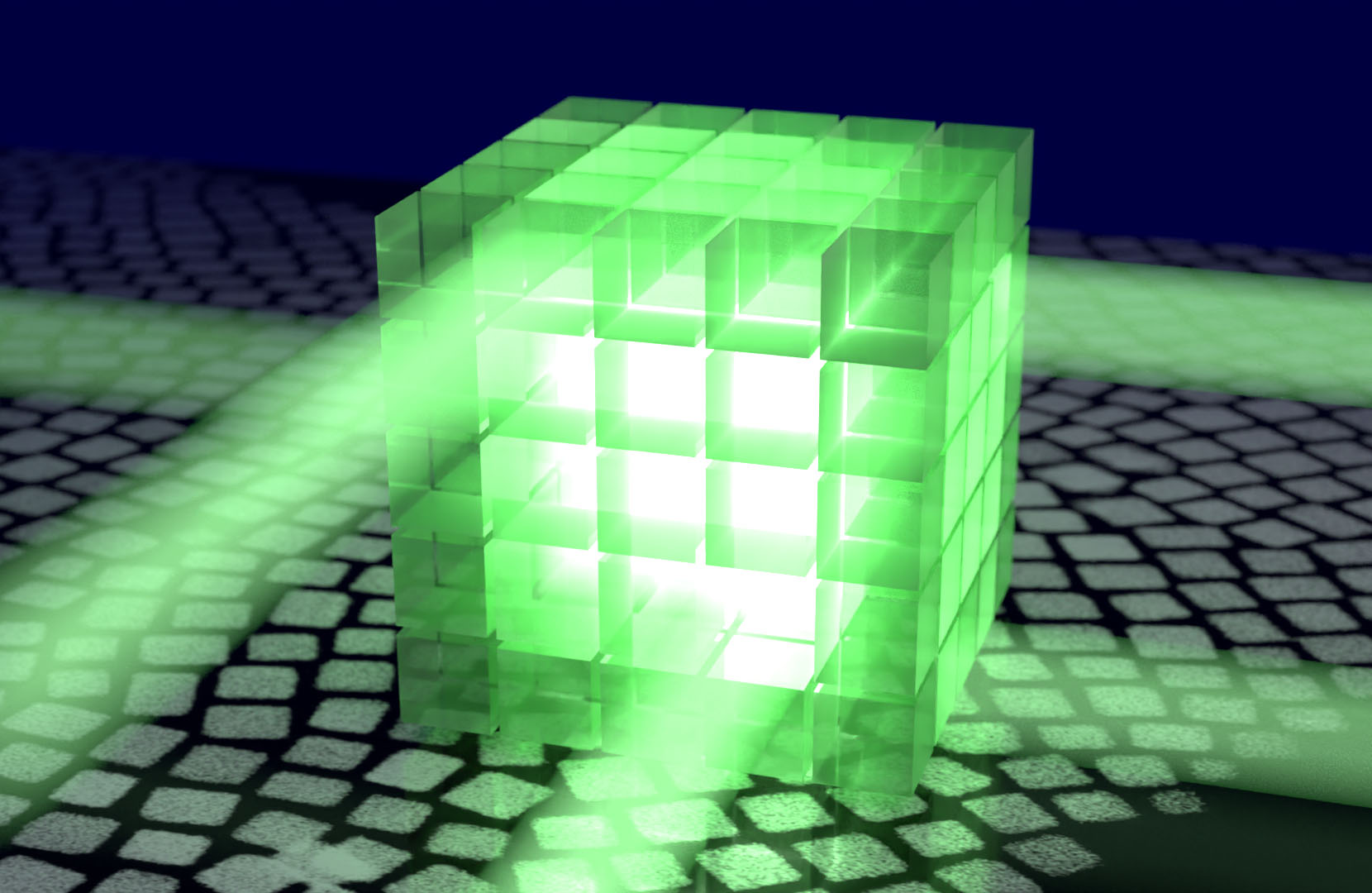
Novel Materials for Strong Light-Matter Interaction
Novel materials with outstanding opto-electronic properties such as high oscillator strength, low dephasing and small inhomogeneous broadening are key for strong light-matter interaction. We are exploring colloidal nanoparticles that can be relatively easily synthesized and assembled. We were able to demonstrate that fully inorganic lead halide perovskites nanocrystals have exceptionally strong light-matter interaction and even support collective optical emission, so-called superfluorescence. These features make them excellent candidates for enabling scalable systems of strongly interacting polaritons.
Blogs
Publications
- [1] D. Urbonas, R. F. Mahrt, and T. Stöferle, Low-Loss Optical Waveguides Made with a High-Loss Material, Light: Science & Applications 10, 1 (2021).
- [2] F. Scafirimuto, D. Urbonas, M. A. Becker, U. Scherf, R. F. Mahrt, and T. Stöferle, Tunable Exciton–Polariton Condensation in a Two-Dimensional Lieb Lattice at Room Temperature, Communications Physics 4, 1 (2021).
- [3] F. Krieg, P. C. Sercel, M. Burian, H. Andrusiv, M. I. Bodnarchuk, T. Stöferle, R. F. Mahrt, D. Naumenko, H. Amenitsch, G. Rainò, and M. V. Kovalenko, Monodisperse Long-Chain Sulfobetaine-Capped CsPbBr3 Nanocrystals and Their Superfluorescent Assemblies, ACS Cent. Sci. 7, 135 (2021).
- [4] S. B. Anantharaman, J. Kohlbrecher, G. Rainò, S. Yakunin, T. Stöferle, J. Patel, M. Kovalenko, R. F. Mahrt, F. A. Nòesch, and J. Heier, Enhanced Room-Temperature Photoluminescence Quantum Yield in Morphology Controlled J-Aggregates, Advanced Science 8, 1903080 (2021).
- [5] M. A. Becker, C. Bernasconi, M. I. Bodnarchuk, G. Rainò, M. V. Kovalenko, D. J. Norris, R. F. Mahrt, and T. Stöferle, Unraveling the Origin of the Long Fluorescence Decay Component of Cesium Lead Halide Perovskite Nanocrystals, ACS Nano 14, 14939 (2020).
- [6] A. V. Zasedatelev, A. V. Baranikov, D. Urbonas, F. Scafirimuto, U. Scherf, T. Stöferle, R. F. Mahrt, and P. G. Lagoudakis, A Room-Temperature Organic Polariton Transistor, Nature Photonics 13, 6 (2019).
- [7] S. Mauthe, N. V. Triviño, Y. Baumgartner, M. Sousa, D. Caimi, T. Stöferle, H. Schmid, and K. E. Moselund, InP-on-Si Optically Pumped Microdisk Lasers via Monolithic Growth and Wafer Bonding, IEEE Journal of Selected Topics in Quantum Electronics 25, 1 (2019).
- [8] S. B. Anantharaman, T. Stöferle, F. A. Nüesch, R. F. Mahrt, and J. Heier, Exciton Dynamics and Effects of Structural Order in Morphology-Controlled J-Aggregate Assemblies, Advanced Functional Materials 29, 1806997 (2019).
- [9] F. Scafirimuto, D. Urbonas, U. Scherf, R. F. Mahrt, and T. Stöferle, Room-Temperature Exciton-Polariton Condensation in a Tunable Zero-Dimensional Microcavity, ACS Photonics 5, 85 (2018).
- [10] G. Rainò, M. A. Becker, M. I. Bodnarchuk, R. F. Mahrt, M. V. Kovalenko, and T. Stöferle, Superfluorescence from Lead Halide Perovskite Quantum Dot Superlattices, Nature 563, 7733 (2018).
- [11] F. Montanarella, D. Urbonas, L. Chadwick, P. G. Moerman, P. J. Baesjou, R. F. Mahrt, A. van Blaaderen, T. Stöferle, and D. Vanmaekelbergh, Lasing Supraparticles Self-Assembled from Nanocrystals, ACS Nano 12, 12788 (2018).
- [12] M. A. Becker, R. Vaxenburg, G. Nedelcu, P. C. Sercel, A. Shabaev, M. J. Mehl, J. G. Michopoulos, S. G. Lambrakos, N. Bernstein, J. L. Lyons, T. Stöferle, R. F. Mahrt, M. V. Kovalenko, D. J. Norris, G. Rainò, and A. L. Efros, Bright Triplet Excitons in Caesium Lead Halide Perovskites, Nature 553, 7687 (2018).
- [13] M. A. Becker, L. Scarpelli, G. Nedelcu, G. Rainò, F. Masia, P. Borri, T. Stöferle, M. V. Kovalenko, W. Langbein, and R. F. Mahrt, Long Exciton Dephasing Time and Coherent Phonon Coupling in CsPbBr2Cl Perovskite Nanocrystals, Nano Lett. 18, 7546 (2018).
- [14] W. Xie, T. Stöferle, G. Rainò, T. Aubert, S. Bisschop, Y. Zhu, R. F. Mahrt, P. Geiregat, E. Brainis, Z. Hens, and D. V. Thourhout, On-Chip Integrated Quantum-Dot–Silicon-Nitride Microdisk Lasers, Advanced Materials 29, 1604866 (2017).
- [15] C. D. Rawlings, M. Zientek, M. Spieser, D. Urbonas, T. Stöferle, R. F. Mahrt, Y. Lisunova, J. Brugger, U. Duerig, and A. W. Knoll, Control of the Interaction Strength of Photonic Molecules by Nanometer Precise 3D Fabrication, Scientific Reports 7, 1 (2017).
- [16] D. Urbonas, T. Stöferle, F. Scafirimuto, U. Scherf, and R. F. Mahrt, Zero-Dimensional Organic Exciton–Polaritons in Tunable Coupled Gaussian Defect Microcavities at Room Temperature, ACS Photonics 3, 1542 (2016).
- [17] G. Rainò, G. Nedelcu, L. Protesescu, M. I. Bodnarchuk, M. V. Kovalenko, R. F. Mahrt, and T. Stöferle, Single Cesium Lead Halide Perovskite Nanocrystals at Low Temperature: Fast Single-Photon Emission, Reduced Blinking, and Exciton Fine Structure, ACS Nano 10, 2485 (2016).
- [18] S. Abel, T. Stöferle, C. Marchiori, D. Caimi, L. Czornomaz, M. Stuckelberger, M. Sousa, B. J. Offrein, and J. Fompeyrine, A Hybrid Barium Titanate–Silicon Photonics Platform for Ultraefficient Electro-Optic Tuning, J. Lightwave Technol., JLT 34, 1688 (2016).
- [19] S. Christodoulou, F. Rajadell, A. Casu, G. Vaccaro, J. Q. Grim, A. Genovese, L. Manna, J. I. Climente, F. Meinardi, G. Rainò, T. Stöferle, R. F. Mahrt, J. Planelles, S. Brovelli, and I. Moreels, Band Structure Engineering via Piezoelectric Fields in Strained Anisotropic CdSe/CdS Nanocrystals, Nature Communications 6, 1 (2015).
- [20] J. D. Plumhof, T. Stöferle, L. Mai, U. Scherf, and R. F. Mahrt, Room-Temperature Bose–Einstein Condensation of Cavity Exciton–Polaritons in a Polymer, Nature Materials 13, 3 (2014).
- [21] I. Moreels, Y. Justo, G. Rainò, T. Stöferle, Z. Hens, and R. F. Mahrt, Impact of the Band-Edge Fine Structure on the Energy Transfer between Colloidal Quantum Dots, Advanced Optical Materials 2, 126 (2014).
- [22] P. Seidler, K. Lister, U. Drechsler, J. Hofrichter, and T. Stöferle, Slotted Photonic Crystal Nanobeam Cavity with an Ultrahigh Quality Factor-to-Mode Volume Ratio, Opt. Express, OE 21, 32468 (2013).
- [23] L. Mai, F. Ding, T. Stöferle, A. Knoll, B. Jan Offrein, and R. F. Mahrt, Integrated Vertical Microcavity Using a Nano-Scale Deformation for Strong Lateral Confinement, Appl. Phys. Lett. 103, 243305 (2013).
- [24] F. Ding, T. Stöferle, L. Mai, A. Knoll, and R. F. Mahrt, Vertical Microcavities with High $Q$ and Strong Lateral Mode Confinement, Phys. Rev. B 87, 161116 (2013).
- [25] S. Abel, T. Stöferle, C. Marchiori, C. Rossel, M. D. Rossell, R. Erni, D. Caimi, M. Sousa, A. Chelnokov, B. J. Offrein, and J. Fompeyrine, A Strong Electro-Optically Active Lead-Free Ferroelectric Integrated on Silicon, Nature Communications 4, 1 (2013).
